8 Little-Known Dress Code Rules Royals Follow Without Question
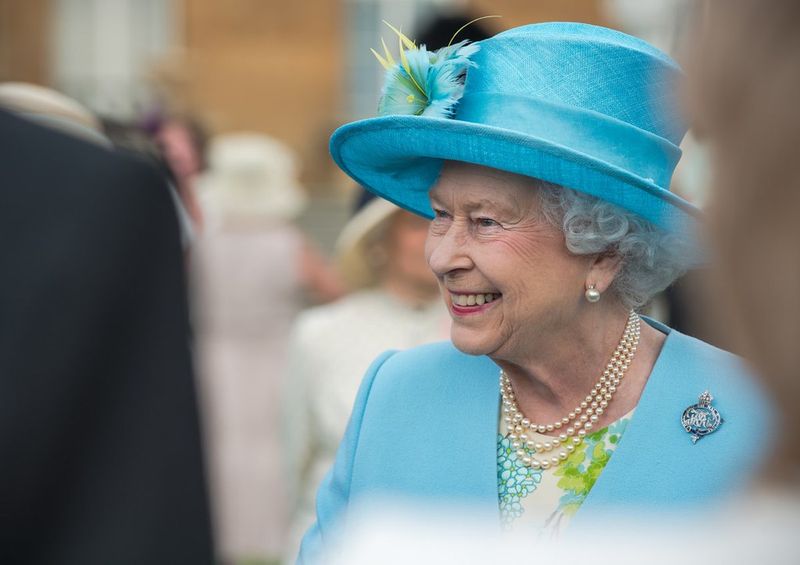
Ever wonder why royals always look so perfectly put together? It’s not just good taste – there’s an entire rulebook of fashion guidelines they must follow. Behind those glamorous outfits and polished appearances lies a complex system of dress codes that date back centuries. These unwritten rules govern everything from hem lengths to accessory choices, ensuring royals maintain their dignified image at all times.
1. Miniskirts Are a No-No
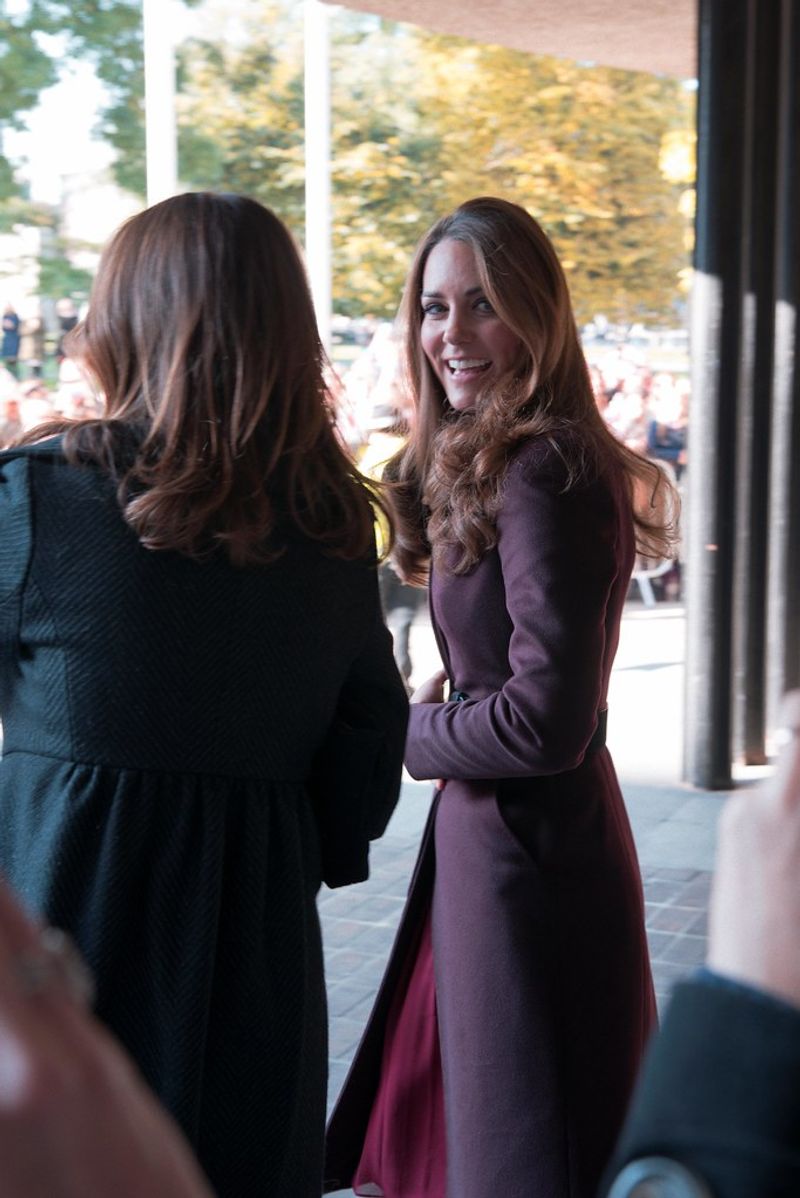
Forget those trendy short skirts if you’re joining the royal family! Royal women must keep their hemlines at knee-length or longer at all times. This modest approach prevents embarrassing moments when exiting cars or walking down windy streets.
Princess Diana once pushed these boundaries with slightly shorter dresses, but today’s royals like Kate Middleton stick firmly to the rules. Even on casual outings, you’ll never spot a royal in anything that might be considered revealing.
When royal women sit, they employ the “duchess slant” – ankles crossed and knees together – to maintain modesty regardless of skirt length. This technique prevents photographers from capturing unflattering angles.
2. Gloves Come Off at the Royal Dinner Table
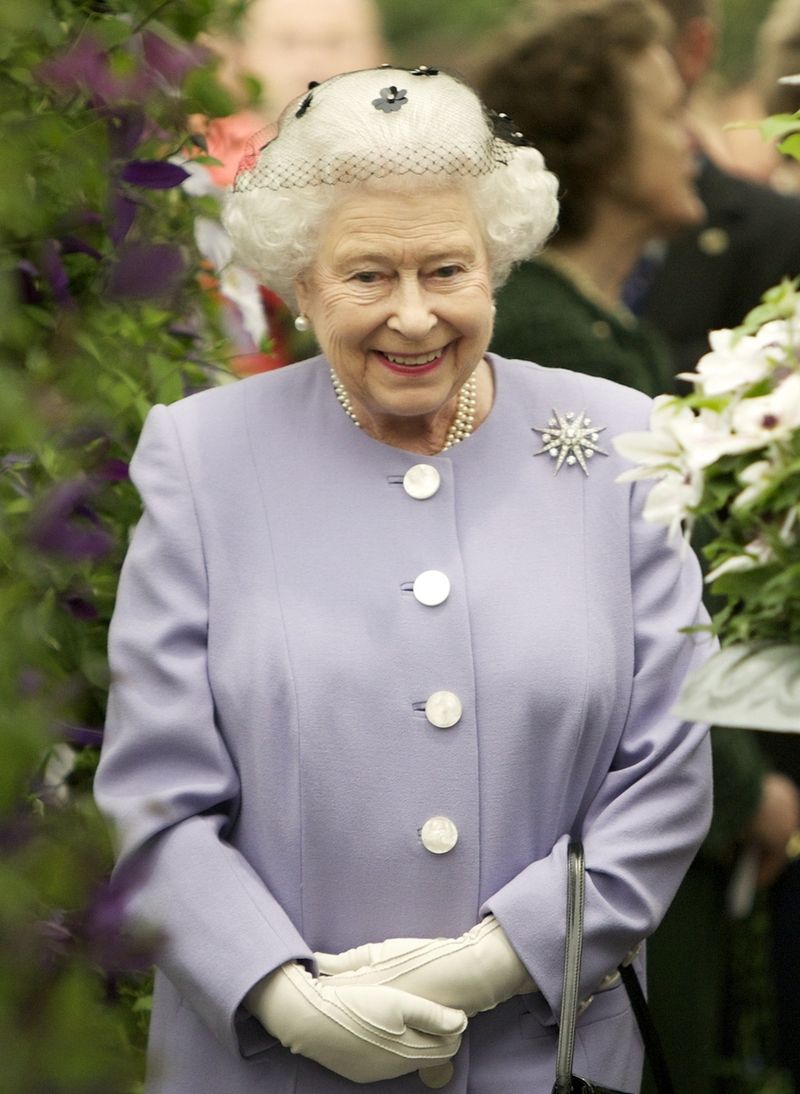
Long white gloves might seem like the ultimate symbol of royal elegance, but they’re actually removed before dining begins. Royal etiquette dictates that gloves must be discreetly placed on the lap under a napkin during meals.
Queen Elizabeth II was rarely seen without her gloves at public events, yet always followed this dinner table protocol. The tradition dates back to Victorian times when gloves protected hands from dirt and showed social standing.
Formal royal events still require gloves of specific lengths: wrist-length for day functions and elbow-length for evening galas. The removal process itself is choreographed – one finger at a time, never tugging or yanking impatiently.
3. Royal Men Don’t Grow Beards

That scruffy look might be fashionable for celebrities, but royal men typically maintain clean-shaven faces. Prince Harry caused quite a stir when he kept his beard for his wedding – a rare exception granted by the Queen herself!
The clean-shaven tradition stems from military regulations, as many royals serve in armed forces where facial hair is restricted. When Prince William briefly sported a beard during Christmas 2008, royal watchers were shocked by this temporary deviation.
King George V was the last monarch to wear a full beard throughout his reign. Today’s royal men who do grow facial hair must keep it impeccably groomed and trimmed – no wild mountain-man styles allowed in the palace!
4. Royal Makeup Is as Subtle as Possible
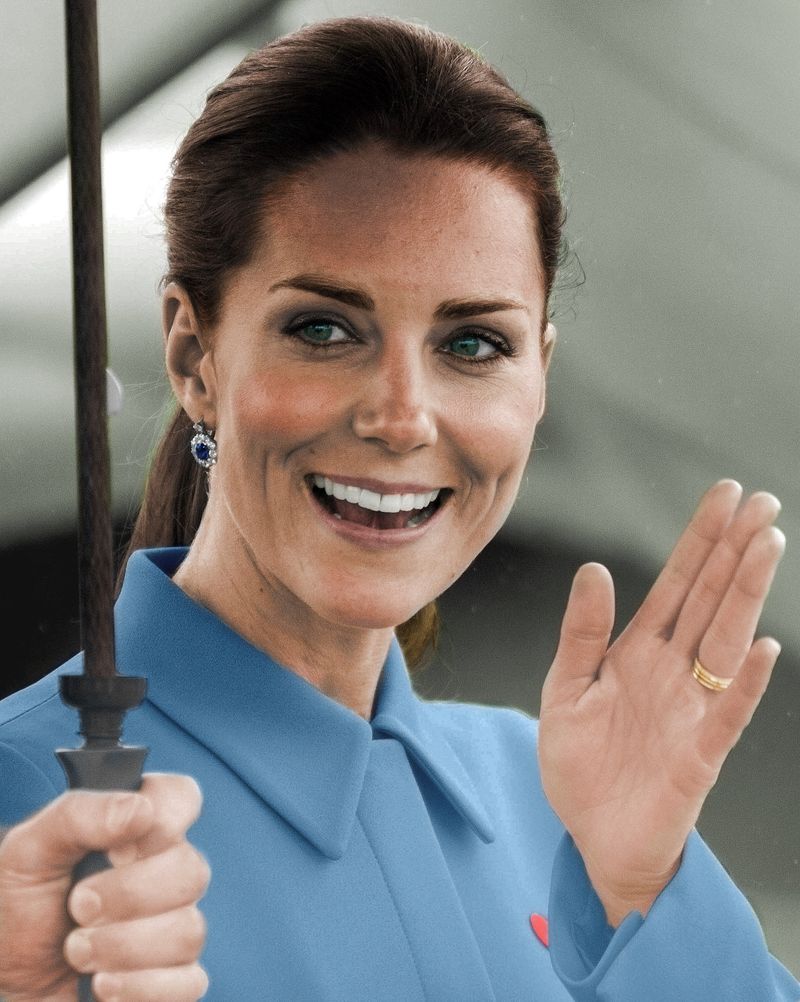
Bold red lips and smoky eyes might dominate beauty trends, but royal women stick to natural-looking makeup. The goal? Enhancement without distraction. Kate Middleton’s signature look features neutral eyeshadows, light blush, and minimal mascara.
Queen Elizabeth II was known for her bright lipstick, her one colorful exception to the rule. Young royals sometimes bend these guidelines slightly, but you’ll never see experimental makeup looks at official functions.
Royal women often do their own makeup for everyday engagements. Princess Diana famously applied her own cosmetics, as does Kate Middleton today. The natural approach ensures photographs focus on their charitable work rather than dramatic beauty looks that might overshadow important causes.
5. There’s More to the Bright Colors Than Meets the Eye

Ever noticed how the Queen always wore rainbow-bright outfits? Those vibrant hues weren’t just fashion statements – they served a practical purpose. Neon pinks, electric blues, and sunny yellows ensured the petite monarch could be easily spotted in crowds.
“I need to be seen to be believed,” Queen Elizabeth II famously explained. This visibility strategy allows royal fans to catch glimpses of their favorite royals even from far distances. Princess Diana adopted this approach too, knowing bright colors photographed beautifully.
Royal aides meticulously plan color choices based on backgrounds, seasons, and symbolic meanings. For somber occasions, muted tones prevail, while state visits might incorporate host country colors as diplomatic gestures.
6. Wedding Outfits Need Royal Approval

Royal brides don’t just say yes to any dress – they need the monarch’s official stamp of approval first! From fabric selection to silhouette, every detail undergoes royal scrutiny before walking down the aisle.
Meghan Markle’s minimalist Givenchy gown received the Queen’s blessing despite breaking from traditional royal wedding dress styles. These dresses must balance personal style with royal traditions – always featuring modest necklines, covered shoulders, and symbolic details representing the bride’s new royal role.
The approval process happens weeks before the wedding, with designers sworn to secrecy. Even Kate Middleton’s dress team signed confidentiality agreements, with seamstresses washing their hands every thirty minutes to keep the delicate lace pristine!
7. Clutches Are Carried in the Left Hand

Those tiny royal handbags aren’t just fashion accessories – they’re communication tools! Royal women deliberately carry clutches in their left hands, freeing their right hands for greeting the public with handshakes.
Princess Diana pioneered using clutches as shields against unwanted photographs. Holding them at chest height provided coverage from revealing camera angles when exiting vehicles. Modern royals like Kate Middleton continue this practical tradition.
Clutches also serve as subtle conversation enders. When a royal shifts her bag from left arm to right, it signals staff she wishes to conclude an interaction gracefully. Queen Elizabeth used her iconic Launer handbag for similar purposes – placing it on the table meant she wanted an event to end within five minutes!
8. Hats and Tiaras Follow Strict Rules
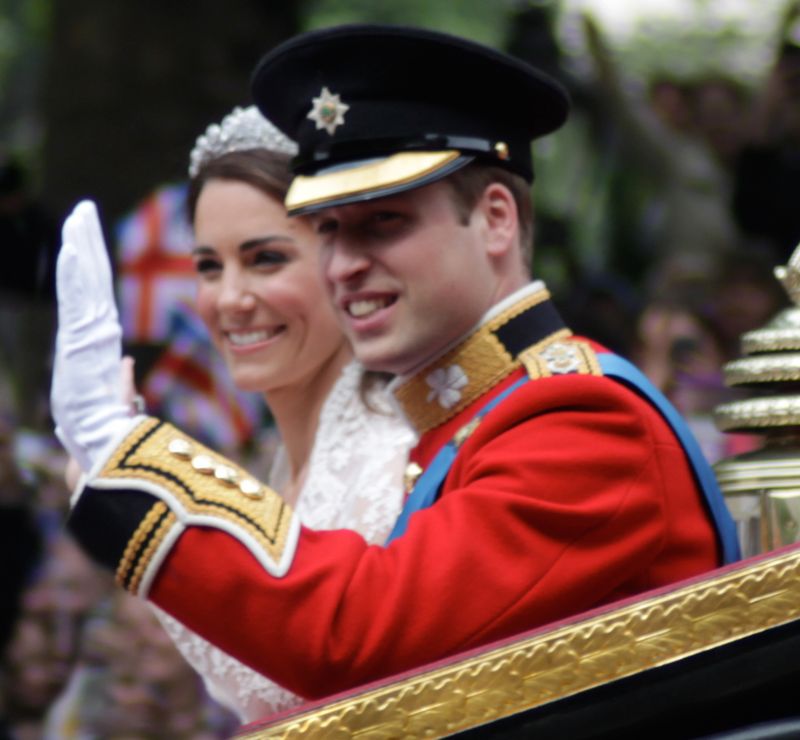
Royal headwear follows surprisingly specific guidelines. Hats are mandatory for formal daytime events, while glittering tiaras only emerge after 6pm and exclusively for married women. Before sunset? Hat. After sunset? Tiara (if you’re married).
Young royal women receive their first tiara on their wedding day, symbolizing their transition to married life. Kate Middleton’s first tiara moment was her wedding to Prince William, following this centuries-old tradition.
Tiaras aren’t just random sparkly headpieces – they’re selected based on outfit coordination, event significance, and family connections. Some pieces carry deep historical significance, like the Cambridge Lover’s Knot tiara favored by both Diana and Kate, creating visual links between royal generations.

Comments
Loading…